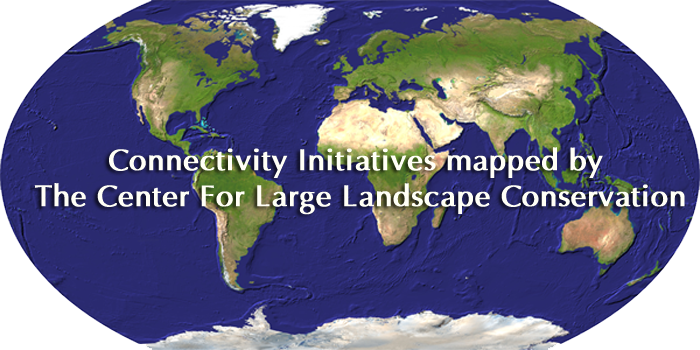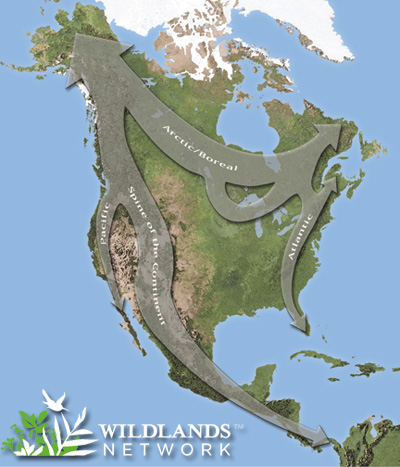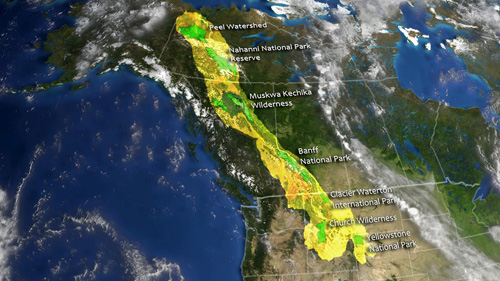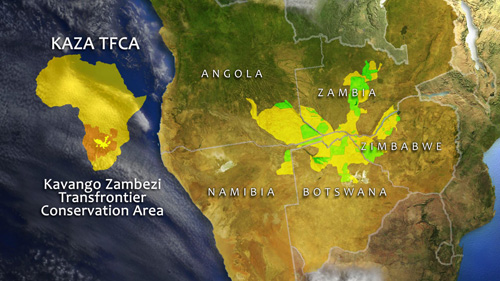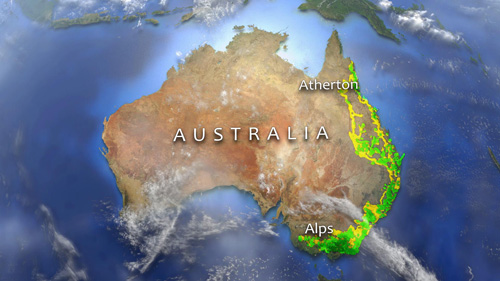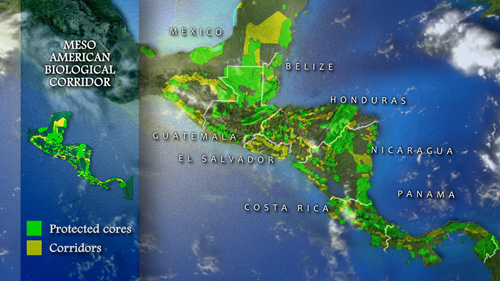
Connectivity Conservation Initiatives Around the World
Starting with E. O. Wilson’s work that created the field of Island Biogeography, biologists have gained a new understanding: ecosystems that are isolated from each other have real, absolute limits. The size of an island determines the number of species that can live there – the smaller the island, the fewer the species. Thanks to conservation biology we now understand that the protected areas that we have spent the last hundred years creating are now biological islands, cut off by human development from the larger landscape that used to run from sea to sea. That's known as landscape fragmentation, and it has driven wildlife numbers to an all-time low.
Luckily there are solutions to fragmentation. By creating corridors and linkages between protected areas, we can avoid the worst consequences of island ecosystems. Populations can interbreed, and re-populate areas stressed by drought or fire or flood. Animals can move between seasonal habitats for food and water, and in response to a changing climate.
The map below feature links to many of the Connectivity Conservation initiatives around the world. They are also known as large landscape projects.
